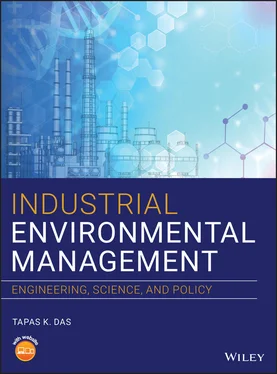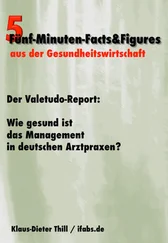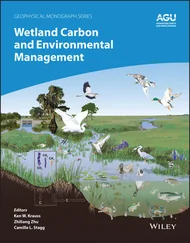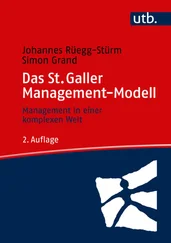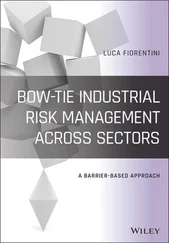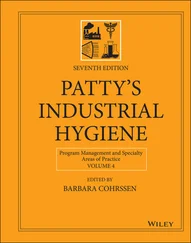1 ...8 9 10 12 13 14 ...47 Assessing material flows through the economy and the use of raw materials, water, and energy
Designing databases with a wider set of information about material flows and manufacturing processes
Working with design firms to understand the production processes of the industries that produce the wastes
Designing conversion processes
Identifying purchasers for converted wastes
Designing material transfer systems to carry wastes to industries that will use them as feedstock
Identifying industrial clusters and understanding how to fit diverse industries into a successful industrial cluster
Designing eco‐industrial parks and negotiating arrangements that are commercially sound and profitable, yet based on good personal relationships; voluntary, and yet in close collaboration with regulatory agencies
What this means for engineering firms is the need for a broader set of engineering skills and services. As can be seen, consulting engineering firms will find that achieving Zero Emissions entails expertise in areas that have not been part of engineering curriculum, or the professional engineer's exam.
Zero Emissions engineers need to be not only well trained in design for the environment, concurrent engineering, and industrial engineering but also be able to think and design outside the traditional boundaries of the factory to work in terms of industrial clusters.
Many of the skills and services enumerated above would be applicable to the development of an agro‐industrial cluster such as the one in Namibia, described in Mini‐Case Study 1.1.
Mini‐Case Study 1.1Beer to Mushrooms: Focusing on the Productivity of Raw Materials
In the town of Tsumeb in the African desert, Namibian nationals will be implementing Zero Emissions technology at a brewery inaugurated in January of 1997. The three main inputs into beer – grain, water, and energy – are scarce commodities in a developing nation. Brewing uses only 8–10% of the nutrients in grain, consumes 10 L of water for every liter of beer produced, and generally requires imported coal, an expensive and polluting energy source.
The lignin‐cellulose component of spent grain, which makes up 70–80% of its bulk, is indigestible to cattle, but it is easily broken down by the enzymes of mushrooms. It takes 4 T of spent grain to produce 1 T of mushrooms, which are a potentially lucrative cash crop for export, because most southern African nations currently import mushrooms. The protein content of the spent grain – up to 26% – is used by earthworms, which in turn are fed to chickens and pigs. Processing the waste from the animals in a digester could supply all of the vapor energy required for brewing. Brewery wastewater is high in nutrients but is too alkaline for crops. However, it can be used to grow spirulina, which generate up to 70% protein.
The brewery's thermal waste could heat greenhouses or the brewery. These interrelated industries will form an optimal industrial cluster for increasing the productivity of the brewery's raw materials in ways that also produce food for humans that is high in nutritional value.
1.10 Zero Discharge (Emissions) Methodology
Over the last few years, the members of zero discharge communities and industries have developed a five‐step methodology for implementing Zero Emissions. Pauli's Breakthroughs (1996) provides a far more comprehensive approach that extends well beyond the manufacturing site. The summary provided here emphasizes the use and impact of a ZD approach at the manufacturing level.
1.10.1 Analyze Throughput
The first step toward achieving Zero Discharge and/or Zero Emissions is an in‐depth review of the industry to see if total throughput is possible. This means determining whether all material inputs can be found in the final product – if there are no wastes, all inputs must have ended up in the product. One of the few industries where this can occur is cement manufacturing. In the Mini‐Case Study 1.1, however, only a small fraction of the nutrients in the grain ends up in beer.
If throughput is not total, the next step is to determine whether the products manufactured can be easily reintegrated into the ecosystem without additional costs for processing, energy, or transportation. However, since this is rarely possible, most industries will not achieve Zero Discharge unilaterally.
Process and product design engineers will probably find their first opportunities by meeting with their traditional clients, analyzing each client's throughput, and looking for opportunities for pollution prevention and waste minimization that the client's in‐house experts may not have seen. The analysis would include evaluating products and services presently being produced, processes and materials used, and management of environmental issues including energy efficiency, as well as clarifying the full scope of emissions.
1.10.2 Inventory Inputs and Outputs
Once the initial analysis has determined that total throughput is not possible, and that wastes will be generated, the next step is to assess the industry's inputs and outputs, and to inventory all the outputs (“wastes”). A diagram of the inputs and outputs of a system like that of Figures 1.2, 1.5, and 1.6are then used to compile basic overview of the company's resources and needs. From this information, design engineers and process specialists can attempt to modify the manufacturing process so that it can become a Zero Emissions system.
Extracting raw materials and processing them imposes significant environmental burdens. An analysis of the industrial metabolism of the product (i.e. its input, materials use, and life cycle expectancy) will help determine the path of least environmental impact. Some materials choices will yield better throughput or by‐products that are more suited for use as an input for another industry.
Additional audits and inventories may be needed to determine manufacturing efficiency by percentage of input wasted, to quantify amounts of waste landfill by type of material, to account for amounts of materials collected for recycling, and to identify major emissions of waste heat and the site and amounts of wastewater discharges. Analysis of these outputs may reveal the most effective ways to reuse these outputs and help to determine which industries could use the wastes as raw materials. For example, at the Namibian brewery, spent grain, excess heat, and wastewater all have potential uses in producing food items.
1.10.3 Build Industrial Clusters
In sectors that cannot achieve Zero Emissions unilaterally, it may be necessary to build industrial clusters. The input–output analysis leads directly into development of clusters of industries that can use each other's outputs. Developing effective clusters calls for executives look beyond single industries and make innovative connections among seemingly unrelated potential partners in new industrial clusters. Companies are loathe to implement such changes, however. In addition to concerns about antitrust regulations, and the need to rely on single vendors for supply, there is fear that relinquishing information about waste stream composition will allow their competitors to deduce proprietary secrets.
Also critical is the geographic location of the client's potential partners, as transportation is a key factor in optimizing waste exchange and use of conversion technologies. The most obvious link in the search for industrial cluster partners will be obtaining industrial input data for other industrial sectors and determining if the client's waste flows could serve (in some converted form) as a material input to another sector. The second place to look for candidate industrial clusters is the historical records of waste exchanges. These material flows will demonstrate which materials being discarded by a sector are of a volume and quality desirable to another sector.
Читать дальше
